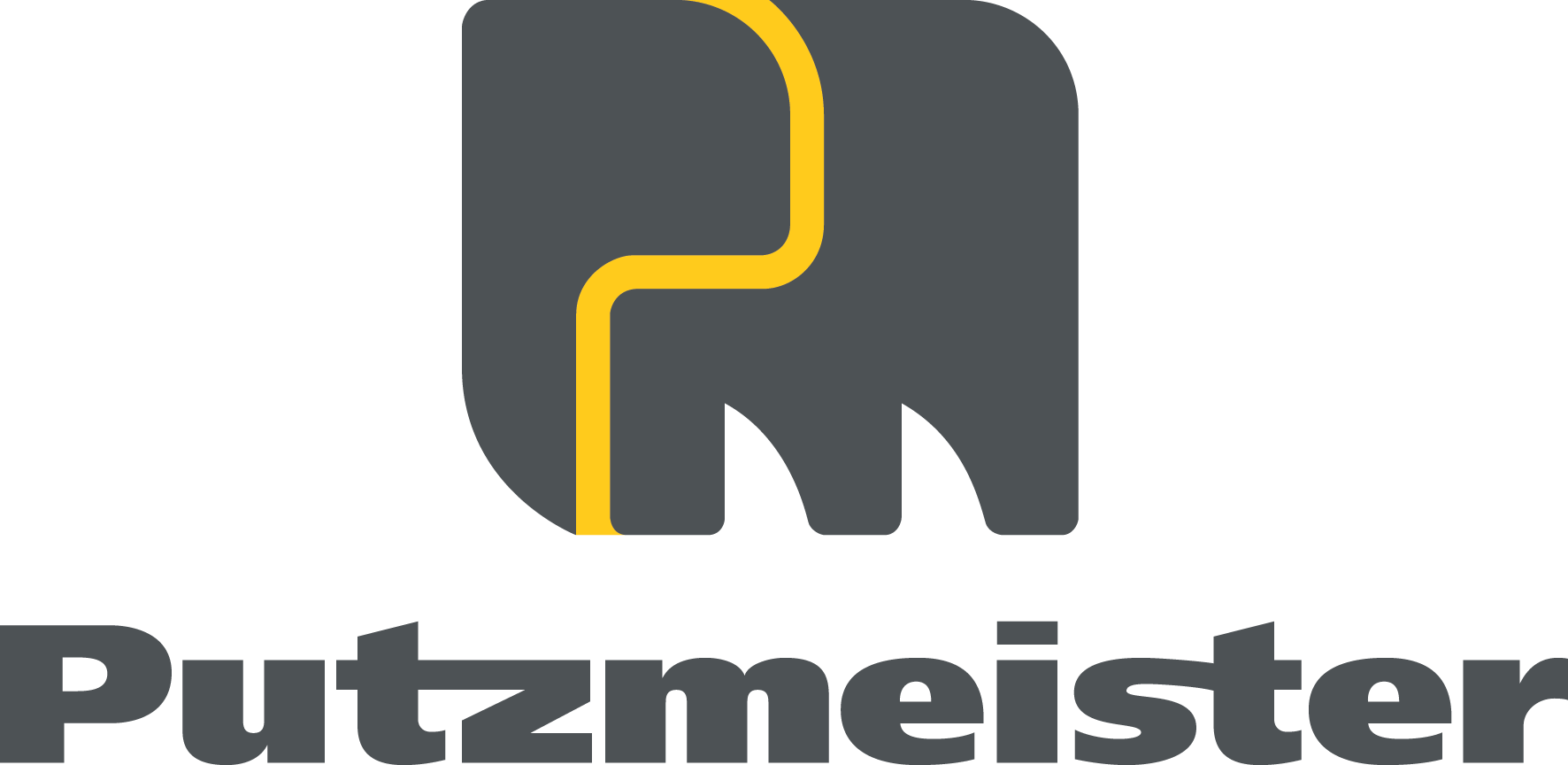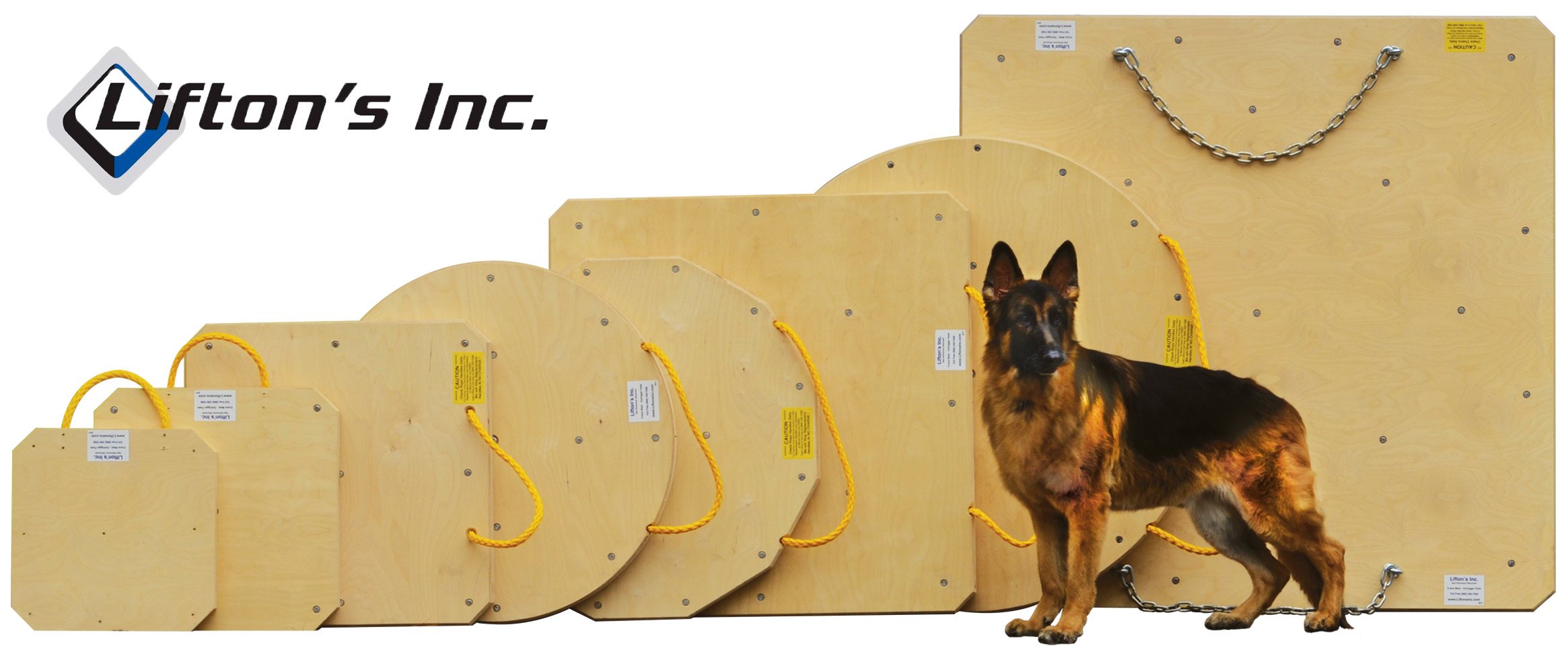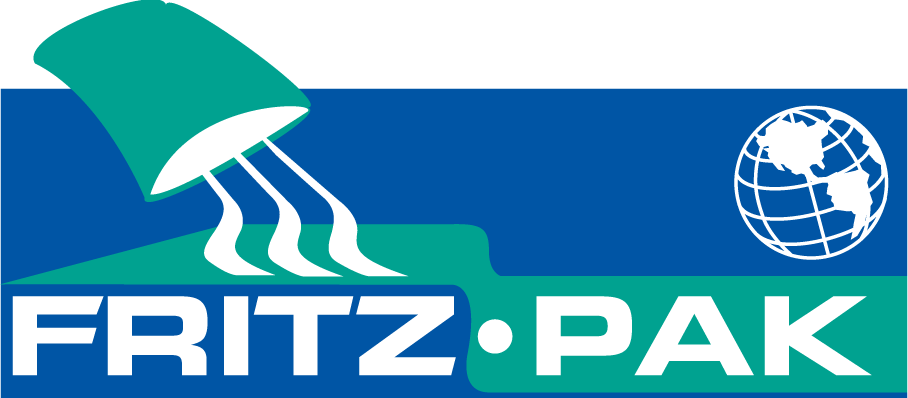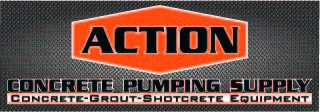Bridging the Gap Between Mother Nature and Technology May 2009
Putzmeister placing booms place concrete on historic San Francisco-Oakland Bay Bridge project
STURTEVANT, WI (May 26, 2009) – The new San Francisco-Oakland Bay Bridge is making its mark in history books twice – first, as the world’s longest single-tower, self-anchored suspension (SAS) span on a bridge, coming in at 1,263 foot-long (385m); and second as the world’s longest SAS bridge at 2,047 feet (624m). Placing concrete for this record-breaking bridge are two Putzmeister MXR 34/38Z Series II Detach placing booms owned by Conco Pumping (Conco).
In 1989, after a section of the original Bay Bridge sustained major damage during the Loma Prieta earthquake, it was determined that the San Francisco-Oakland Bay Bridge needed to undergo a major seismic retrofit, ultimately reinforcing and rebuilding every section of the bridge.
Noted as the hallmark of the bridge, the SAS span, with its single 525-foot (160m) tall steel tower, and the 1.2-mile-long (2km) elevated Skyway viaduct, is located on the 2.2-mile (3.5km) East Span of the bridge. The East Span, which runs between Yerba Buena Island and Oakland, is being entirely rebuilt.
“The SAS was designed not only for its elegance and aesthetically pleasing looks,” notes James Davidson, Civil Works project manager of American Bridge/Fluor JV, the general contractor for the SAS span seismic retro fits. “But for functionality, to be able to withstand a major earthquake.”
The single tower on the SAS span is made up of four separate legs connected by shear link beams. The beams are designed to move separately so they can distort and absorb most of the shock during an earthquake and prevent catastrophic damage to the main structure.
“Traditional suspension bridges have two separate main cables with smaller suspender cables connected to them,” adds Davidson. “These cables support the roadway deck and are anchored to separate structures in the ground.”
“With the San Francisco-Oakland Bay Bridge’s SAS span, there is actually only one continuous main cable that is anchored within the decks at the eastern end. The cable then travels over the tower and wraps around a concrete pier which ties into the two side-by-side decks at the western end.”
Seven different sections of the San Francisco-Oakland Bay Bridge are undergoing seismic retrofits, making the job the largest public works contract for CalTrans (State of California Department of Transportation). The seven sections involved include the West Approach, West Span, Yerba Buena Island Transition Structure, SAS span, Skyway, Oakland Touchdown and East Span Demolition.
Setting Up The project is a joint venture between American Bridge Company and The Fluor Corporation. American Bridge/Fluor JV hand-picked City-based Conco as the concrete placement sub-contractor for the eastern end (E2) cap beam.
“When Conco presented their placing system solution for the E2 cap beam, we were impressed with the adaptability of their equipment,” says Davidson. “Once Conco explained how the system would work, we knew it was the placing system solution for this job.”
The placing system Conco presented featured two four-section Putzmeister MXR 34/38Z Series II Detach placing booms, and two 20-foot (6.1m) TG-10 bolt towers mounted to clamp down mounting bases.
The clamp down mounting bases can be mounted to an existing foundation or structure to freestand without a concrete foundation – ideal for this project as the entire placing system was mounted to the E2 false work.
“The clamp down mounting bases’ cross frame design made for easy mounting of the entire placing system,” comments Gary Brandt of Conco.
The clamp down mounting base can be used with only the pedestal or tower heights up to 80 feet (24m).
With the placing system chosen, Conco, in early December 2008, was ready to place 1,968 cubic yards (1505m3) of concrete for the E2 cap beams.
“The placing systems were transported via barge to the E2 false work,” says Brandt. “Then, both detach placing booms were flown a soaring 100 feet (30m) above the San Francisco Bay using a large barge-mounted crane. They were then positioned on their pedestals that were mounted to the placing towers. This versatile and convenient system is ideal for extreme projects such as this.”
Zig Zag “The biggest challenge of this project was getting the concrete up to the two placing booms for the E2 cap beam because the ready mix trucks were located 800 feet (244m) away on the previously constructed Skyway portion of the bridge,” notes Davidson.
“Conco and American Bridge/Fluor JV worked together to devise the best method for getting the concrete up to the placing booms,” adds Brandt. “We had two five-inch (127mm) delivery lines traveling approximately 400 feet (122m) horizontally across the Skyway portion of the bridge, then dropping 45 feet (14m) vertically, maneuvering 140 feet (43m) across a temporary pedestrian/pumping/cooling line bridge, and finally going out onto the E2 false work, where the two placing systems resided.”
As Davidson explains, another challenge came into play for the concrete placement of the E2 cap beam, “Self-consolidating concrete (SCC) was used for the E2 cap beam. Depending on the mix design and density of reinforcing steel, the concrete mix will only flow a certain distance at which point it starts to segregate. A consistent delivery rate is critical with SCC because of its thixotropic nature. After batching the concrete it needs to stay moving in order for it to maintain its flowability. Once it stops flowing or loses energy, it takes energy to get it flowing again.
“The concrete batch plant was located in San Francisco, so the ready mix trucks had to travel across the existing bridge, the main artery into the City, to get to the place of discharge. Because placing the SCC was time critical, the pour occurred on a Friday night and into Saturday, so we could avoid as much as possible, the heavy traffic and still maintain a consistent concrete delivery rate.”
Conco placed about 110 cubic yards (268m3) of concrete per pour per placing boom on the monolithic pour. The concrete placement started on December 5, 2008 at 10 p.m. and continued until approximately noon on Saturday, December 6, 2008.
“The placing booms were a critical element to placing the SCC mix at the end of the cap beam by using their horizontal reach of 108' 7" (33.10m) and their flexible Multi-Z boom design formations,” adds Davidson. “In addition, the placing booms did not overload the falsework on which they were mounted.”
Designed to withstand major earthquakes, the SCC mix, provided by Cemex, had a minimum compressive strength of 8,700 psi (60 MPa). It was chosen primarily for its high slump and high flowability as well as its strength.
According to both Brandt and Davidson, their well thought out placing and delivery line system methods prevented them from encountering any holdups during concrete placement times.




















.jpg)
.gif)

.jpg)








.jpg)








